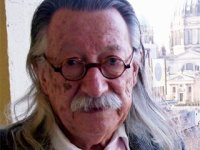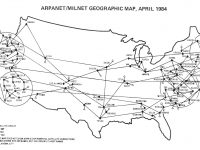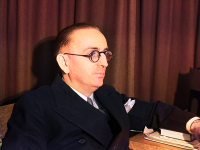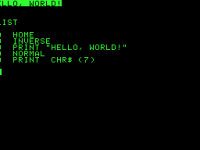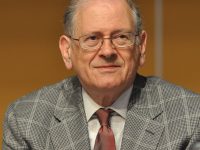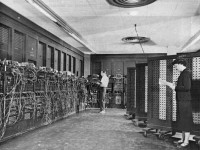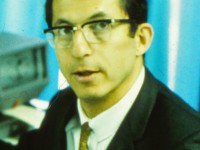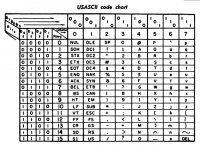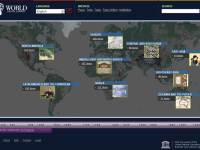Joseph Weizenbaum and his famous Eliza
On January 8, 1923, computer scientist Joseph Weizenbaum, a pioneer in natural language processing and artificial intelligence, who later became one of artificial intelligence’s leading critics, was born. In 1966 he published a simple program named Eliza, which involved its users in a conversation that bore a striking resemblance to one with a psychologist. Joseph Weizenbaum – Early Years Joseph Weizenbaum was born in Berlin the son of master furrier Jechiel Weizenbaum…
Read more

